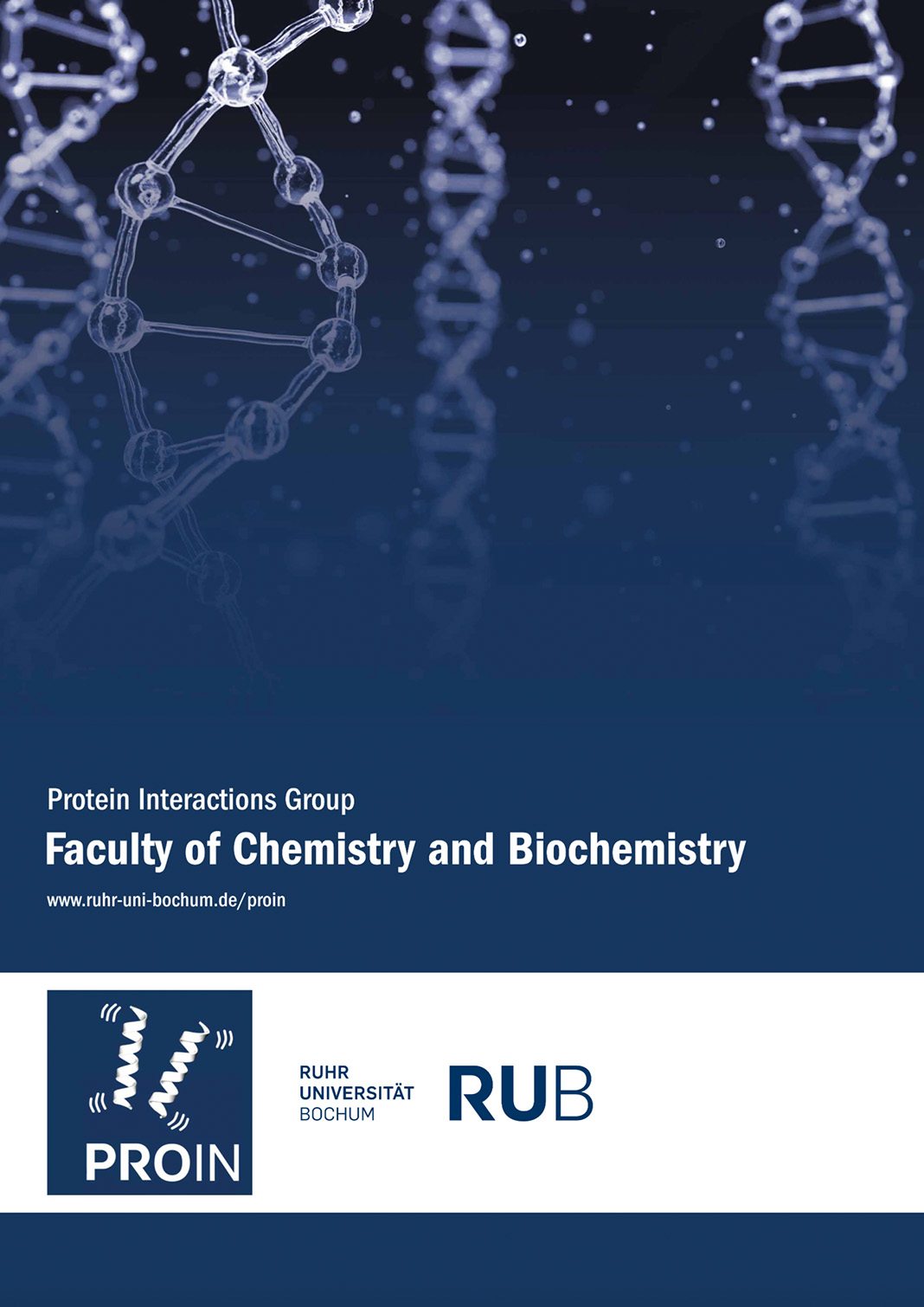The Faculty of Chemistry and Biochemistry at Ruhr-University Bochum, Germany, unites the highest level of research and innovative teaching.
Focusing on interfacial systems chemistry and molecular biochemistry, the faculty is characterised by a distinctive research profile, as well as modern structures of courses of studying in the bachelor’s and master’s systems, and a truly international research environment.
The Protein Interactions Group and immune defence
The main research field of the Protein Interactions Group is the characterisation of protein interactions in vitro, with an especial focus on small GTP-binding proteins of the Ras subfamily and their effector proteins, in addition to large GTP-binding proteins of the hGBP subfamily.
The group investigates the interactions of proteins by means of biochemical, biophysical and structural techniques – which enable it to address the mechanism of biological processes like signal transduction and immune defence.
By utilising a combined approach of spectroscopic and calorimetric techniques, as well as kinetic methods, the group analyses:
- Kinetic and thermodynamic properties of protein complexes;
- Stabilising effects on proteins upon interaction with small molecules;
- Potential impacts of molecular crowding agents on protein complex formation;
- Contact areas of protein complexes by mutational analysis;
- Enzyme catalysed reaction mechanisms; and
- Self-assembly of large GTP-binding proteins.
Proteins, numbers and immunity
In this booklet, scientist Dr Semra Ince and Dr Christian Herrmann, professor for physical and biophysical chemistry, provide an insight into one of the enzymatic mechanisms of the immune system.
They consider:
- The pathogen-fighting properties of guanylate-binding proteins;
- Why hGBP-1 should be considered an outstanding GTP-binding protein;
- How hGBP-1 converts small molecule reactions into large-scale movements; and
- How quantifying molecular properties can lead to an understanding of the mechanisms of function.
Overall, the booklet makes a compelling case for the importance of taking an interdisciplinary approach – combining biochemistry, biophysics, structural biology and cellular biology – to boost our understanding of molecular immunology.

